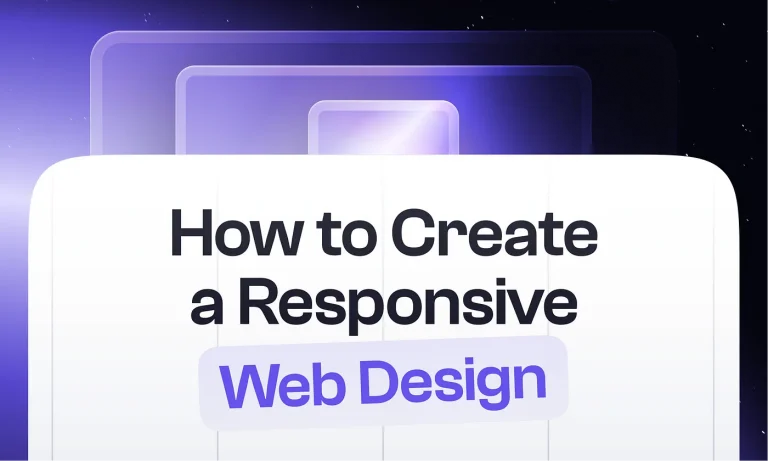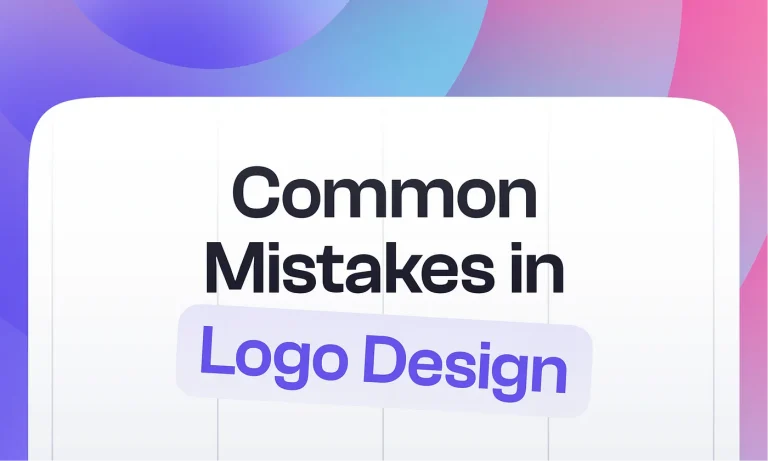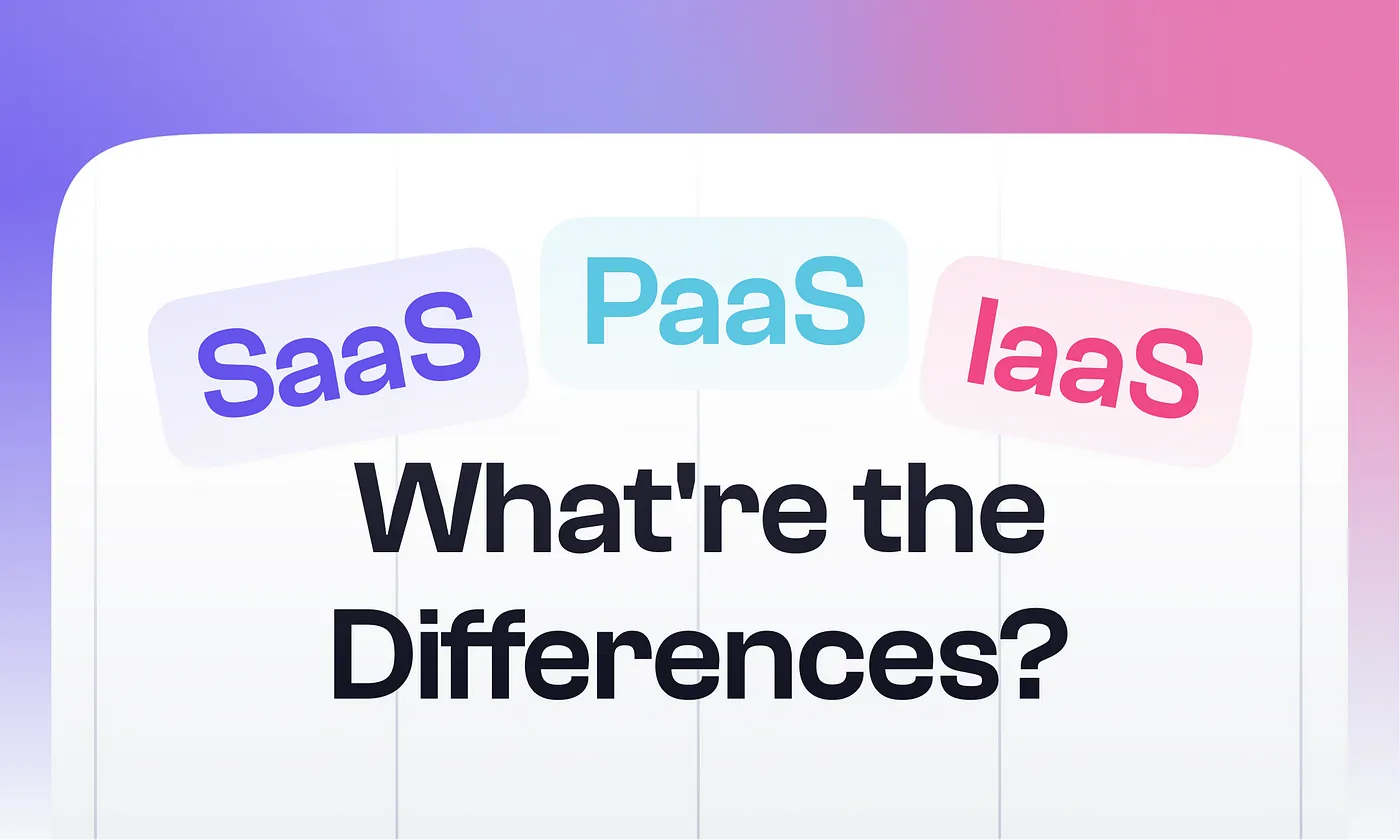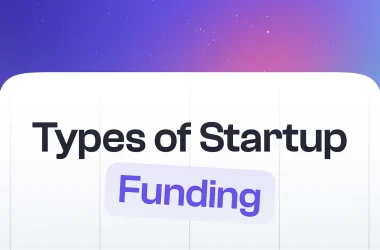In the world of technology, SaaS, PaaS, and IaaS have become familiar terms thrown around in virtually every conference or startup meet-up. Each of these acronyms represents different cloud-based computing models and has its own set of unique features and capabilities. In this article, we’ll discuss in detail what SaaS, PaaS, and IaaS are, how they differ, and which one is the best fit for your startup.
What is SaaS?
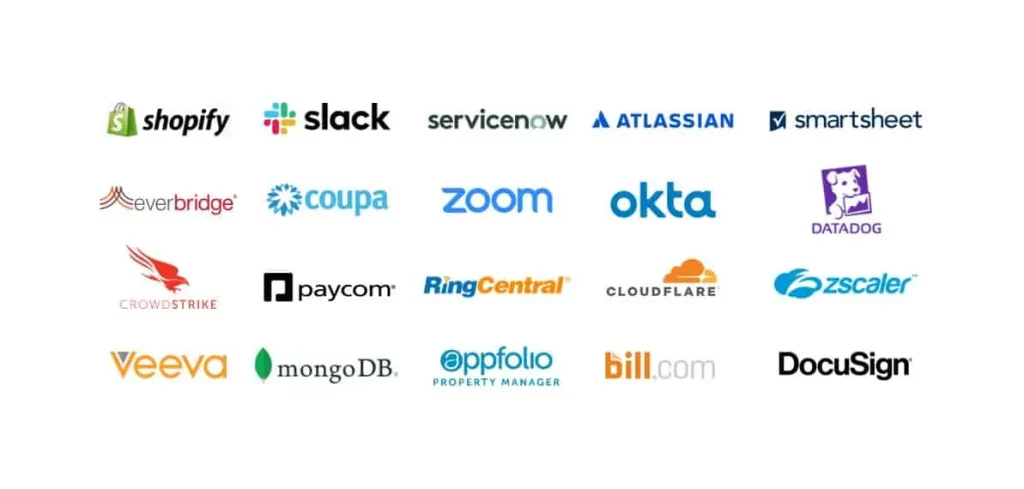
Software as a Service is a cloud-based model where users access software over the internet rather than installing it on their servers or devices. It’s hosted and maintained by a third-party provider who’s responsible for updates, security and all kind of that stuff. SaaS providers charge customers based on a subscription model, depending on the terms of the agreement.
SaaS is widely popular in businesses of all sizes and is a great option for startups because of its ease of use and cost-effectiveness. Some of the popular examples of SaaS include Dropbox, Logolivery, Slack, and Salesforce.
What is PaaS?

Platform as a Service is a virtually-based model that offers a space for developers to build, test, and deploy their applications. PaaS providers deliver a complete development environment, including operating systems, programming languages, and databases, among others. Developers can use PaaS to create and deploy apps without worrying about underlying infrastructure management.
Suppliers of PaaS charge customers based on usage, typically measured in hours, and it’s suitable for startups who want to build and deploy their applications quickly and efficiently. Some of the popular examples of PaaS include Heroku, Google App Engine, and Microsoft Azure.
What is IaaS?

Infrastructure as a Service is an online-based model that provides framework resources such as virtual machines, storage, and networking. With IaaS, businesses can rent infrastructure resources on-demand, paying only for what they use. IaaS providers take care of the hardware and management, which allows founders to focus on their applications’ development and deployment.
IaaS is ideal for startups who want to scale up quickly without investing in their hardware. Some popular examples of IaaS include Amazon Web Services, Microsoft Azure, and Google Cloud Platform.
How do they differ?

SaaS, PaaS, and IaaS vary in their fundamental services and capabilities. SaaS delivers software applications over the Internet, whereas PaaS provides a platform for application development and deployment. And the IaaS offers infrastructure resources on-demand, such as virtual machines, storage, and networking. Each model serves a different purpose, and startups should choose the one that best fits their business requirements.
When to choose SaaS?
SaaS is the ideal choice for startups that want to use software applications without worrying about maintenance, updates, and security. It’s cost-effective, easy to use, and requires minimal IT resources, making it an attractive option for startups with limited funds. That’s suitable for businesses of all sizes and industries, from marketing automation to human resource management. If your startup needs a software application, consider SaaS as an option.
When to choose PaaS?
PaaS fits startups that want to develop and deploy their applications quickly and efficiently while handling a high volume of traffic. PaaS providers offer scalable resources on-demand, which means startups can quickly and easily adjust them according to their needs. If your startup is building a custom app, PaaS is the way to go.
When to choose IaaS?
IaaS is a perfect choice for startups that need full control over their infrastructure and want to build custom applications from scratch. It includes flexibility to choose the operating systems, programming languages, and development tools for managing the infrastructure as they see fit. If your startup needs complete control over all the processes, IaaS is the right preference.
How to select the right model?
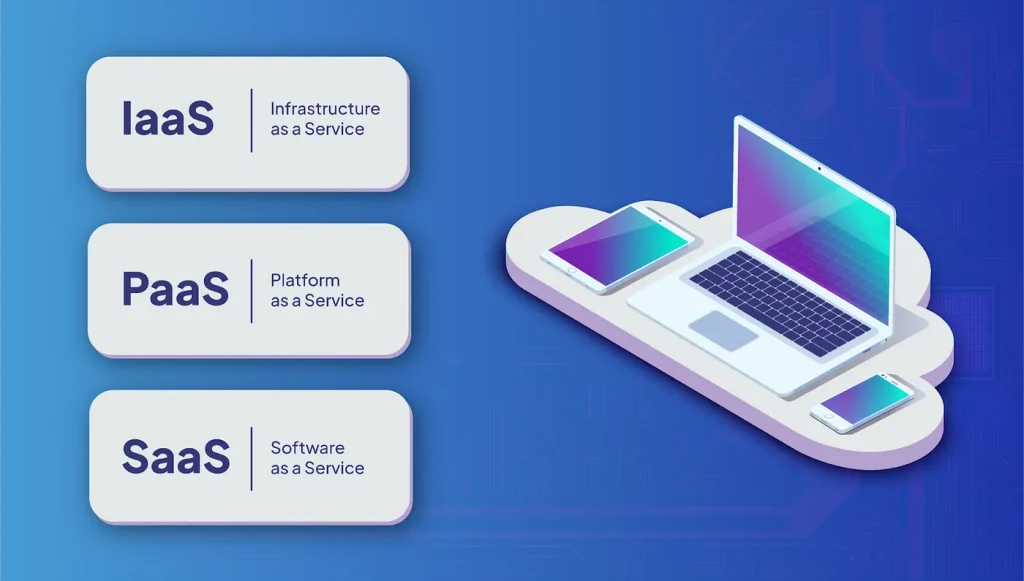
Choosing the accurate cloud-based model depends on several factors, including your startup’s needs, technical expertise, and resources. Here are some key factors to consider when choosing between SaaS, PaaS, and IaaS:
- Business requirements: view the applications and services needed to run your startup.
- Technical expertise: assess your team’s skills and abilities to manage infrastructure.
- Scalability: examine the potential for growth and the need for expansion.
- Cost: analyze the total expense of ownership and the pricing model for each type of these software categories.
- Security: pay attention to the safety features and compliance requirements of each model.
Conclusion
Finally, SaaS, PaaS, and IaaS are different cloud-based computing models that offer unique features and capabilities. Startups should choose the model that best fits their business requirements, technical expertise, and resources. By considering these factors, do your research and pick the best one to achieve your product’s goals.
Psss, more exciting topics are coming soon on this platform. Stay tuned!

